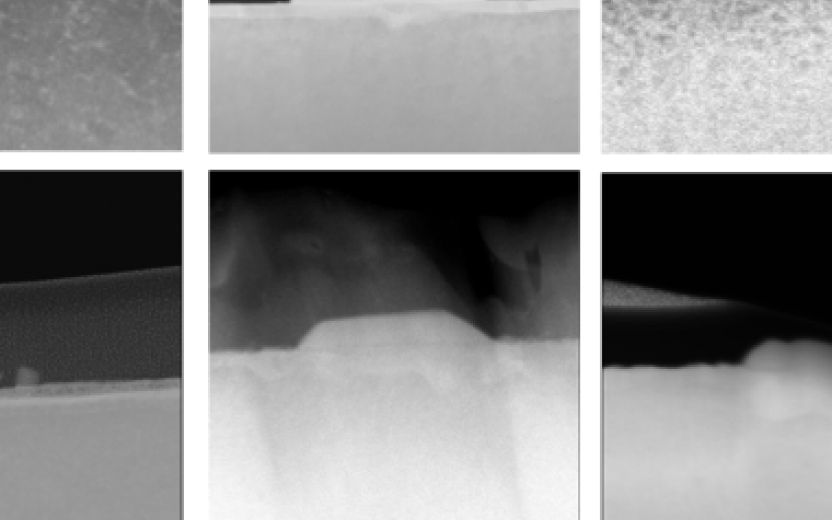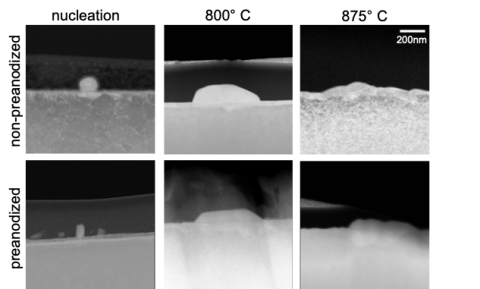Studies of Nb3Sn film growth via vapor diffusion
Nb3Sn is currently the most promising material for higher performance accelerator cavities, with potential to nearly halve the length and double the operating temperature of future linear accelerators. However, unlocking this potential requires removing defects in the grown material. Studies of Nb3Sn film growth via vapor diffusion illuminate how and why material defects form in Nb3Sn. Current studies demonstrate why thick oxides layers prevent 'thin region' defects in grown material.


